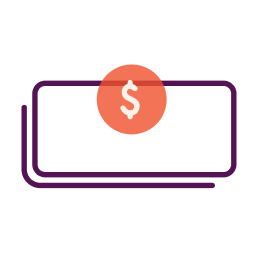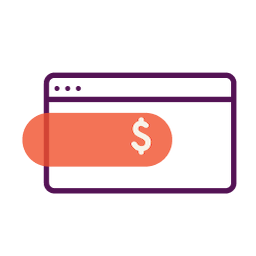For many business owners, debt is a part of their everyday financial reality. According to the 2019 Small Business Credit Survey conducted by the Federal Reserve Banks, 70% of small employer firms have outstanding debt.
When you have creditors to pay, reaching your financial goals can be more difficult. And in some cases, debt can be so overwhelming that it can put your business’s future at risk. Creating a plan to restructure business debt may be the solution you need.
Restructuring Business Debt
There are three main strategies you can use to make business debt more manageable:
- Refinancing
- Consolidation
- Restructuring plan
Refinancing business debt
Refinancing simply means taking out a new loan to pay off existing business debts. For example, you might choose to refinance business credit cards, term loans or short-term financing, such as a merchant cash advance, into a single loan.
The primary benefit of refinancing is the potential to lock in a lower interest rate, though it’s also a way to combine multiple debts into one. A lower rate can translate to savings and it can also lower your monthly payment. Not to mention, having just one payment to make toward business debt each month means less stress when paying bills.
Business debt consolidation
Consolidation is similar to refinancing, in that it allows you to combine multiple business debts into a single loan. The difference is that debt consolidation doesn’t necessarily require lowering the interest rate on the total balance.
Instead, the goal is making debt repayment simpler by just having a single monthly payment. For example, say you took out three merchant cash advances to get through your business’s slow season, all of which have different repayment terms. You could consolidate them with a single loan to have one payment at a fixed interest rate.
You can consolidate business debts on your own by taking out a debt consolidation loan. Or, you may choose to work with a debt consolidation company. Keep in mind, however, that a consolidation company may charge fees for their services.
Restructuring business debt
Restructuring business debt doesn’t necessarily require you to take out a loan to refinance or consolidate your balances. Instead, you’re reviewing your existing debt and working out more favorable repayment terms with your creditors.
For example, you might ask a lender to temporarily reduce your interest rate or payments on a business loan or credit card. Or in the case of business debts that are significantly past due, you might attempt to negotiate a settlement for less than what’s owed.
You could also attempt to restructure debts owed to vendors, rather than banks or credit card companies. For instance, a vendor may be willing to adjust your payment terms from Net 30 to Net 60 or Net 90 so you have more time to pay.
Financing Options to Help You Restructure Business Debt
If you’ve attempted to negotiate different repayment terms with vendors or creditors and you still need financing to manage business debt, here are four possibilities to consider:
1. Business term loan
Term loans allow you to borrow a lump sum of money that you can use to consolidate or refinance business debts. Short-term loans typically have to be repaid within 12 to 18 months but a long-term loan might give you five to seven years to pay.
2. Business line of credit
A business line of credit is different from a loan, in that instead of getting a lump sum of money you have a revolving credit line you can borrow against as needed. You may use a business line of credit to pay off business debts other than loans, such as money owed to vendors or service providers.
3. SBA loans
The Small Business Administration is another source of loan funding if you want to refinance or consolidate business debts. You can borrow up to $5.5 million through the SBA’s 7(a) loan program, which is helpful if you have a larger debt balance. Keep in mind, however, that underwriting and approval for SBA loans can be a lengthy process and you’ll need good to excellent credit to qualify.
4. Business credit card
If the bulk of business debts are credit cards, you could roll them over to a new card with a 0% introductory APR. That could give you time to pay the balance off interest-free. Just pay attention to the balance transfer fee and the regular APR that applies if you still owe a balance once the promotional period ends.
The Bottom Line
Restructuring business debt can help you create some financial breathing room. While you’re restructuring debt, be sure to also review your business budget to see if you can do any additional streamlining. The more expenses you can cut, the more money you can devote to repaying business debt.
This article was originally written on September 24, 2020 and updated on October 21, 2020.



Have at it! We'd love to hear from you and encourage a lively discussion among our users. Please help us keep our site clean and protect yourself. Refrain from posting overtly promotional content, and avoid disclosing personal information such as bank account or phone numbers.
Reviews Disclosure: The responses below are not provided or commissioned by the credit card, financing and service companies that appear on this site. Responses have not been reviewed, approved or otherwise endorsed by the credit card, financing and service companies and it is not their responsibility to ensure all posts and/or questions are answered.